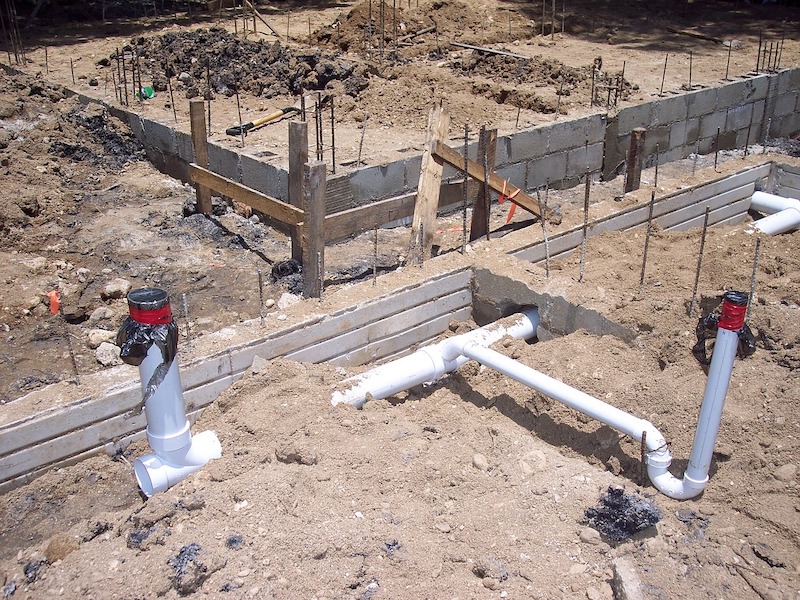Construction employment declined in 20 states and D.C. in March, aligning with the results of a recent survey by the Associated General Contractors of America that found growing layoffs amid new project cancellations and state funding constraints. Association officials warned that these cancellations mean massive job losses are likely to occur soon in even more states unless Congress helps cover rapidly declining state revenues, adds funding for Paycheck Protection Program loans and takes other measures to help the industry recover.
“While construction employment declined in many parts of the country last month, far more states, local governments and project owners have halted construction in the five weeks since the government collected this data,” said Ken Simonson, the association’s chief economist. “Our two latest surveys show a steep rise in cancellations of scheduled projects, which is leading to furloughs and terminations for both jobsite and office workers.”
The association released an analysis of new government data that showed construction employment decreased in 20 states and the District of Columbia. from February to March, held steady in six states and increased in 25 states. The economist noted the figures represented a rapid deterioration in a previously vibrant job market for construction. Over the 12 months ending in March, construction employment declined in only six states and D.C., held steady in two states, and increased in 41 states. He added that the data is based on employment as of March 12, before most states or owners began curtailing construction.
In the association’s latest online survey, conducted April 6-9, 53 percent of the 830 respondents reported that a project owner had ordered a halt or cancellation to a current or upcoming project. The share of respondents reporting cancellations jumped to 19 percent from 7 percent a week earlier, suggesting that the volume of work will shrink rapidly once current projects finish. Another impediment to construction—listed by 27 percent of respondents—comes from state and local officials who have ordered construction shutdowns.
The survey also found that 40 percent of respondents had furloughed or terminated workers by April 9, an increase from 31 percent just a week earlier. While 36 percent of firms reported furloughs or terminations of jobsite workers, layoffs also affected office and other workers at 18 percent of firms.
Association officials warned that construction job losses were likely to accelerate in many states amid the coronavirus pandemic. They added those job losses will get worse now that several states have canceled or significantly delayed planned highway projects because the pandemic has resulted in dramatic declines in gas tax revenues. They urged Congress and the Trump administration to provide funding to cover the lost revenue to protect existing jobs and make sure roads are repaired at a time when traffic is relatively light. They also urged Washington officials to invest more funds in the now-depleted Paycheck Protection Program and other forms of infrastructure.
“There is a historic opportunity to repair aging roads and other types of infrastructure,” said Stephen E. Sandherr, the association’s chief executive officer. “Without more funding from Washington, government officials will not have the resources necessary to improve the nation’s infrastructure and protect tens of thousands of construction jobs.”
View the state employment data, rankings, and highs and lows.
Related Stories
Market Data | Oct 24, 2016
New construction starts in 2017 to increase 5% to $713 billion
Dodge Outlook Report predicts moderate growth for most project types – single family housing, commercial and institutional building, and public works, while multifamily housing levels off and electric utilities/gas plants decline.
High-rise Construction | Oct 21, 2016
The world’s 100 tallest buildings: Which architects have designed the most?
Two firms stand well above the others when it comes to the number of tall buildings they have designed.
Market Data | Oct 19, 2016
Architecture Billings Index slips consecutive months for first time since 2012
“This recent backslide should act as a warning signal,” said AIA Chief Economist, Kermit Baker.
Market Data | Oct 11, 2016
Building design revenue topped $28 billion in 2015
Growing profitability at architecture firms has led to reinvestment and expansion
Market Data | Oct 4, 2016
Nonresidential spending slips in August
Public sector spending is declining faster than the private sector.
Industry Research | Oct 3, 2016
Structure Tone survey shows cost is still a major barrier to building green
Climate change, resilience and wellness are also growing concerns.
Industry Research | Sep 27, 2016
Sterling Risk Sentiment Index indicates risk exposure perception remains stable in construction industry
Nearly half (45%) of those polled say election year uncertainty has a negative effect on risk perception in the construction market.
Market Data | Sep 22, 2016
Architecture Billings Index slips, overall outlook remains positive
Business conditions are slumping in the Northeast.
Market Data | Sep 20, 2016
Backlog skyrockets for largest firms during second quarter, but falls to 8.5 months overall
While a handful of commercial construction segments continue to be associated with expanding volumes, for the most part, the average contractor is no longer getting busier, says ABC Chief Economist Anirban Basu.
Designers | Sep 13, 2016
5 trends propelling a new era of food halls
Food halls have not only become an economical solution for restauranteurs and chefs experiencing skyrocketing retail prices and rents in large cities, but they also tap into our increased interest in gourmet locally sourced food, writes Gensler's Toshi Kasai.

















